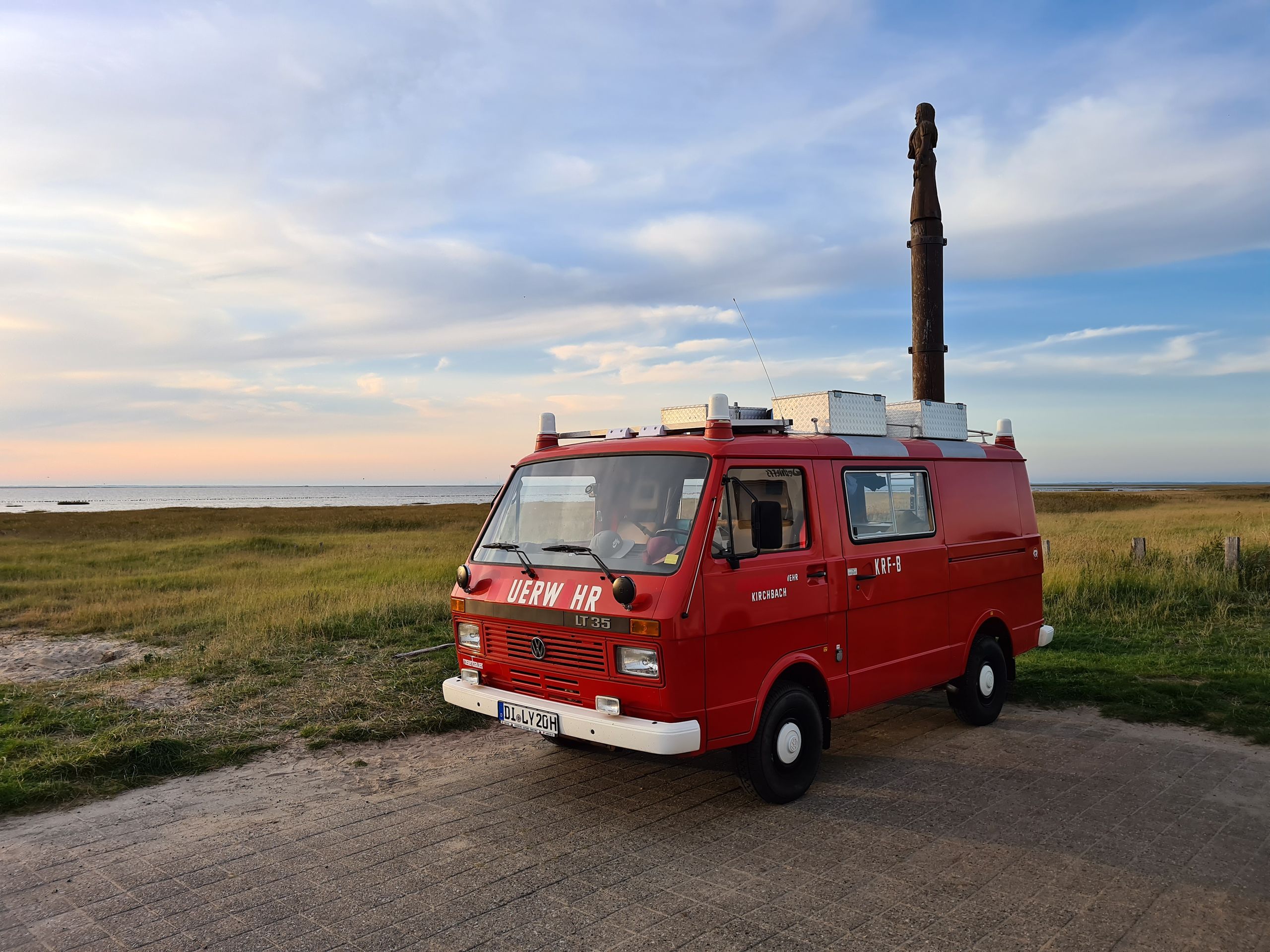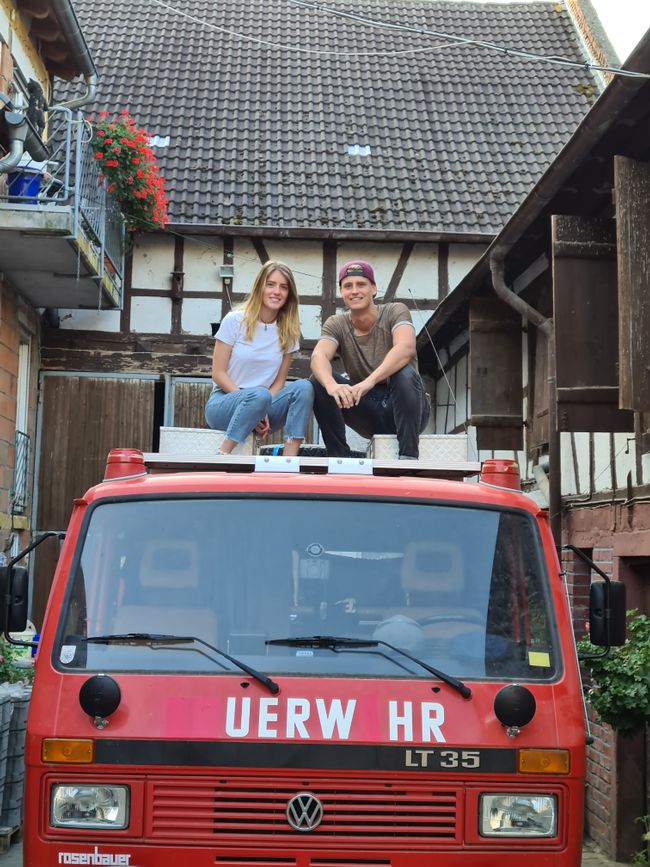Our tour through Tuscany and Umbria
Gepubliceerd: 27.10.2020
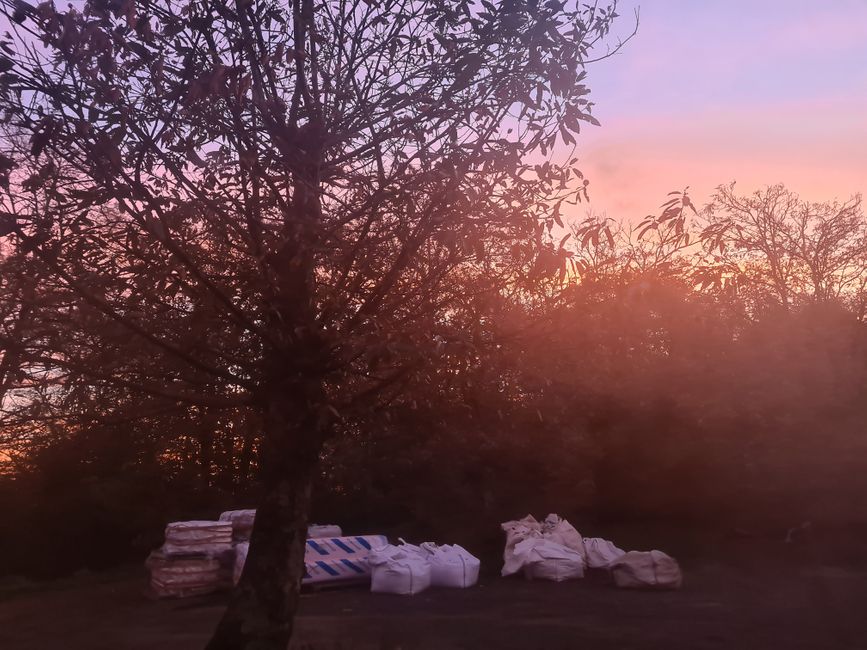
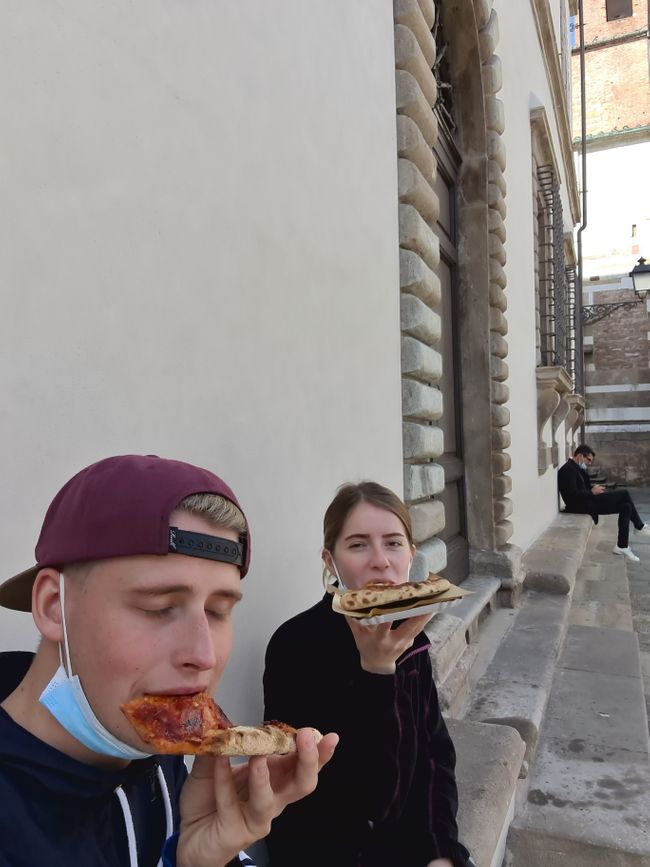
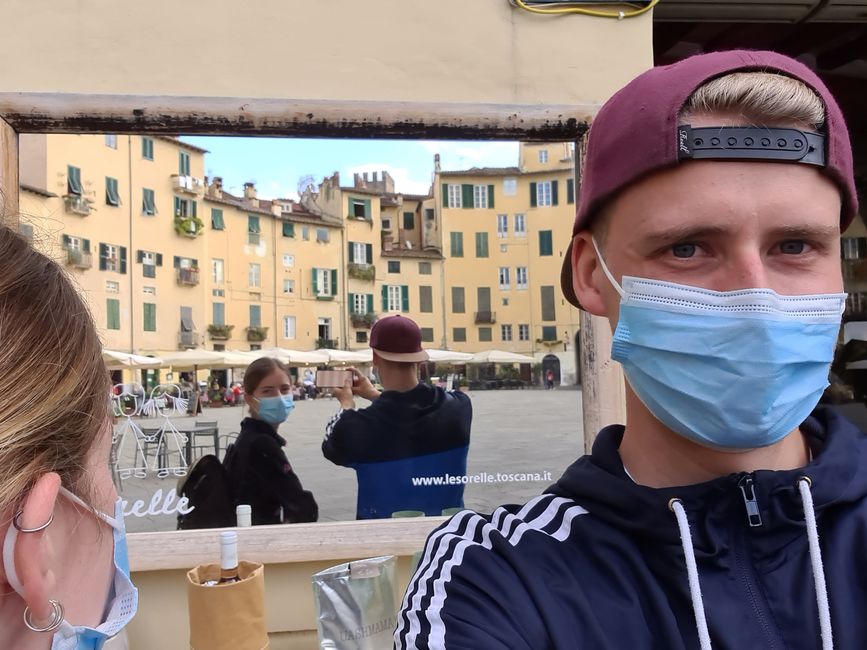
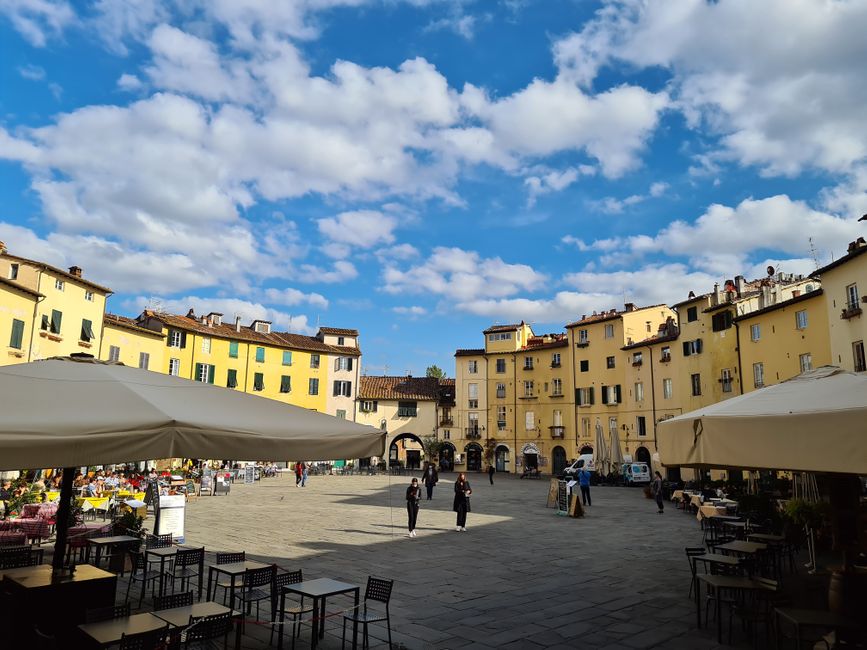
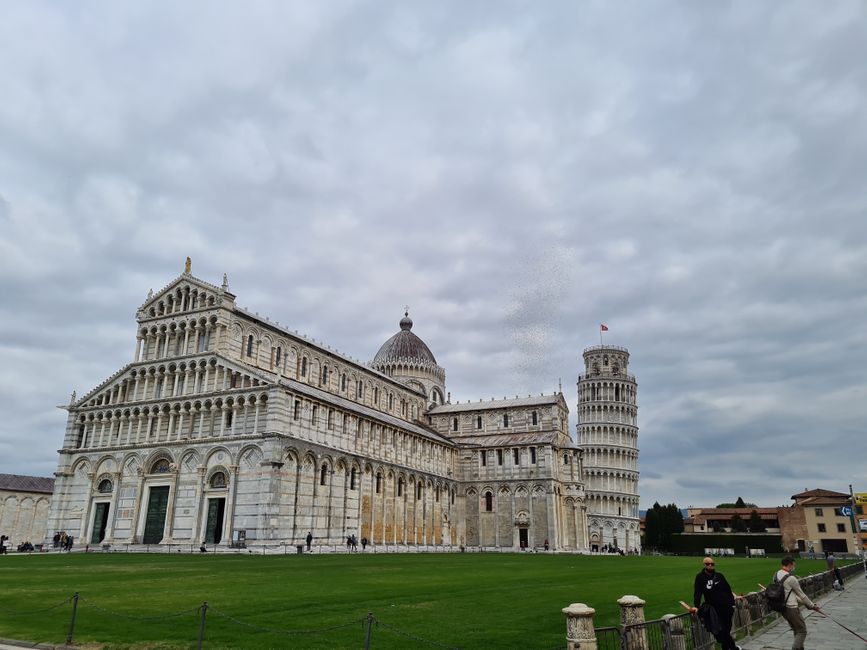
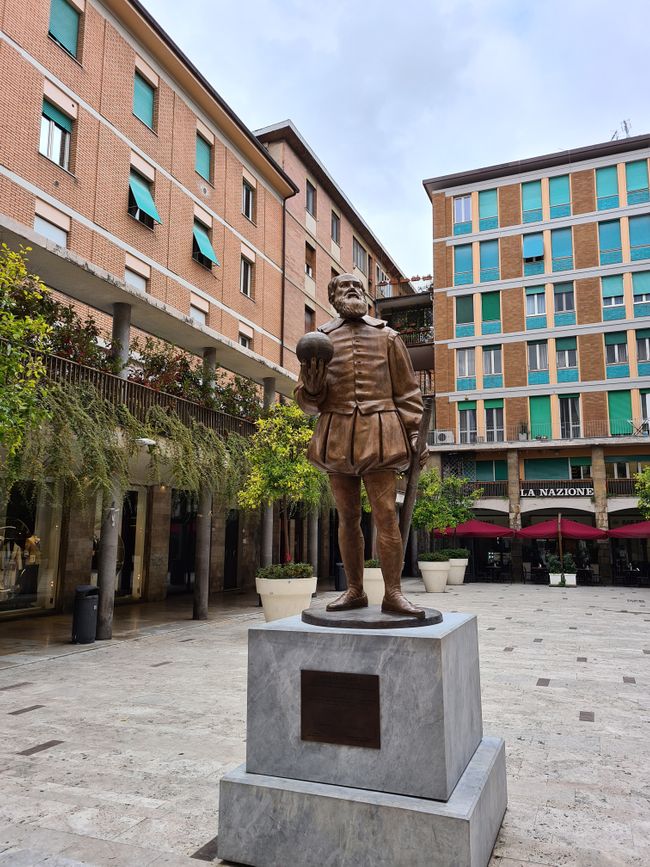
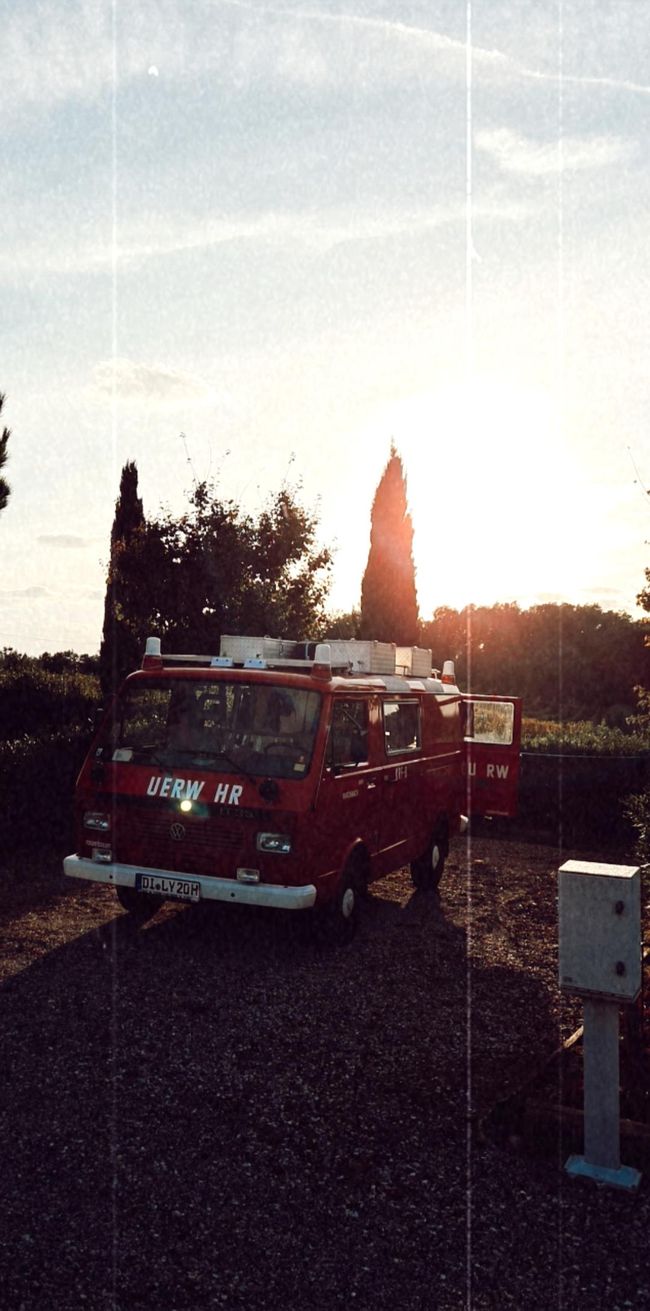
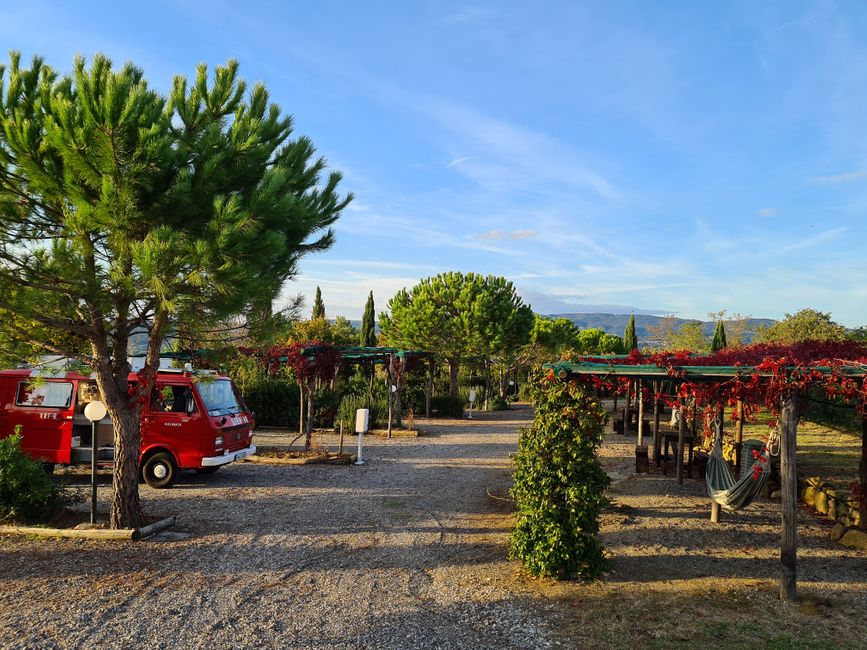
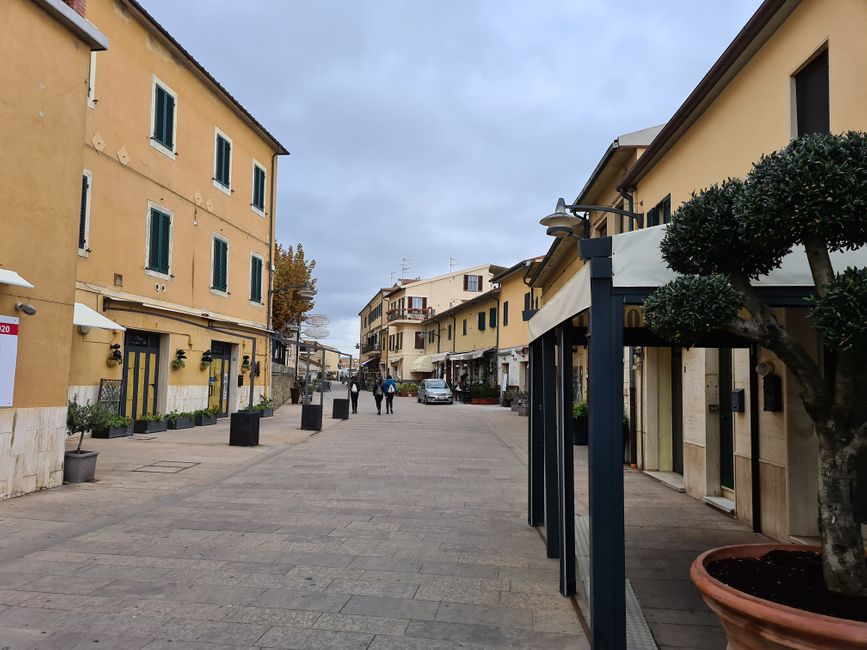
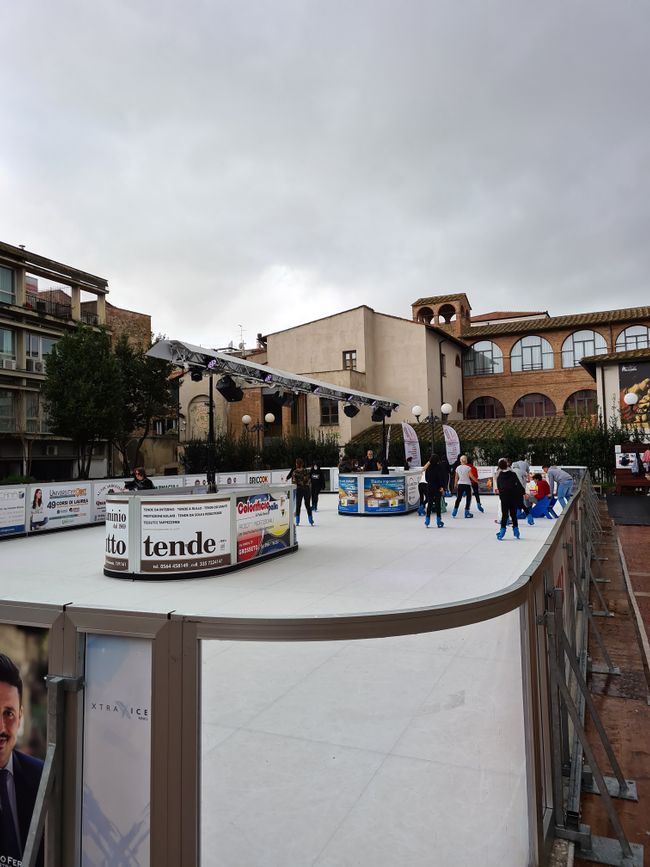
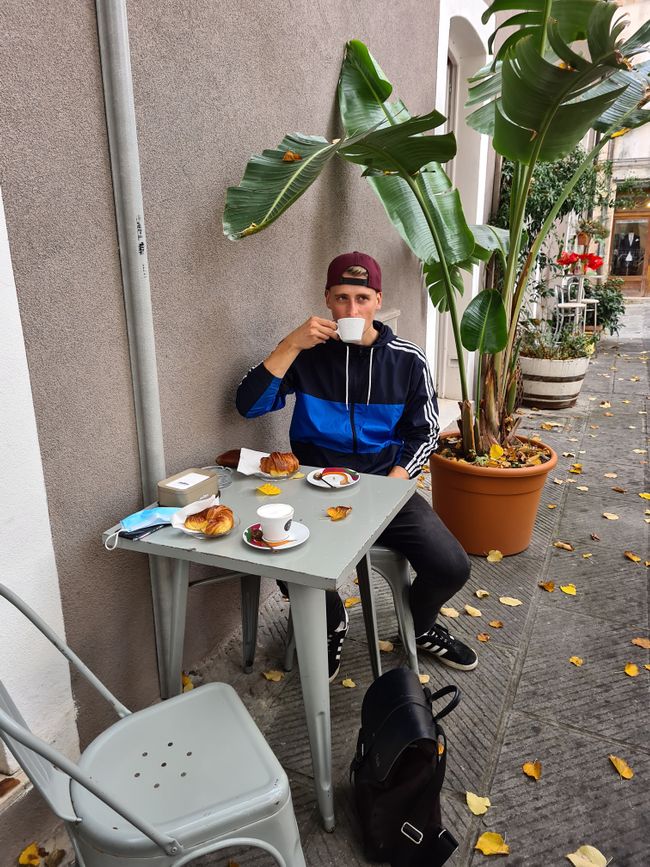
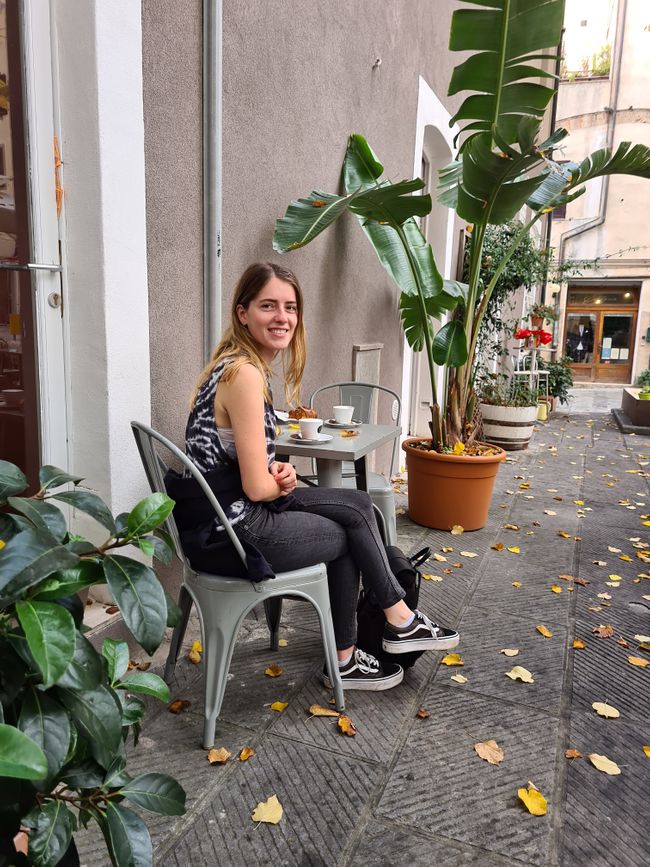
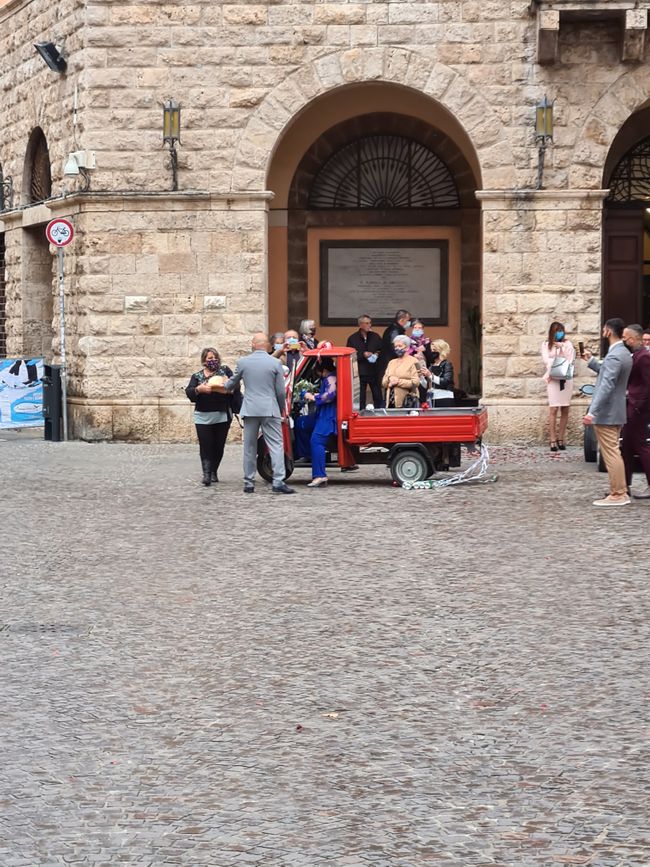
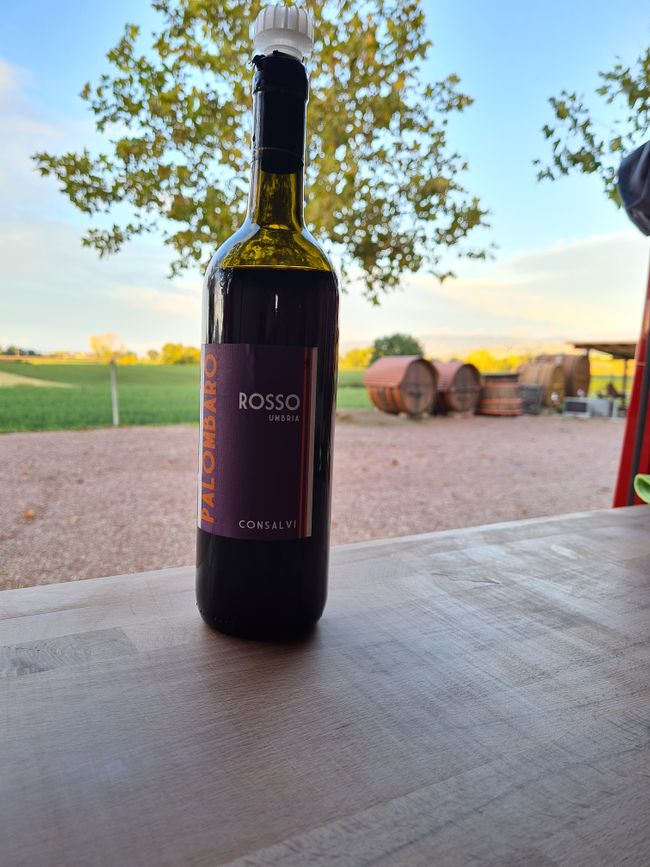
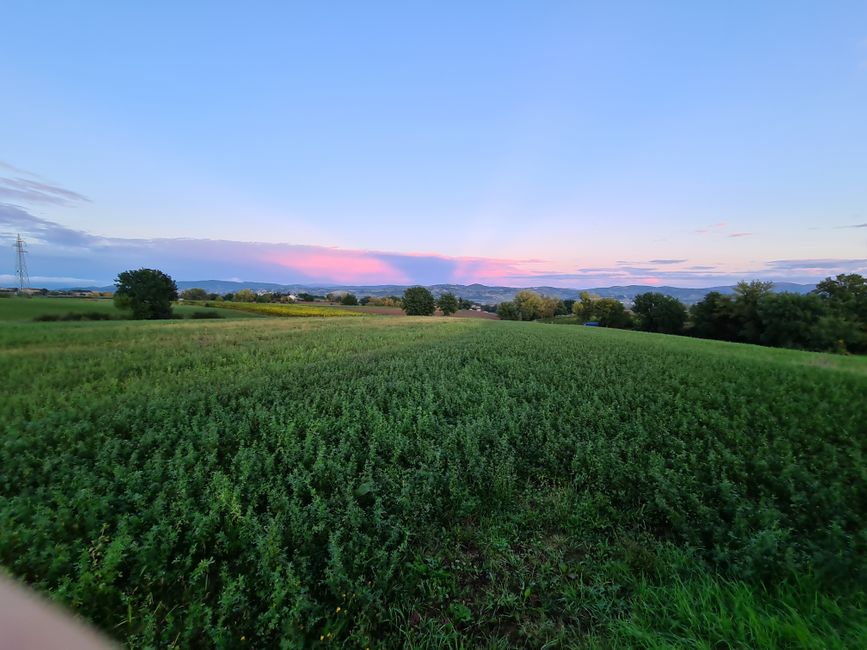
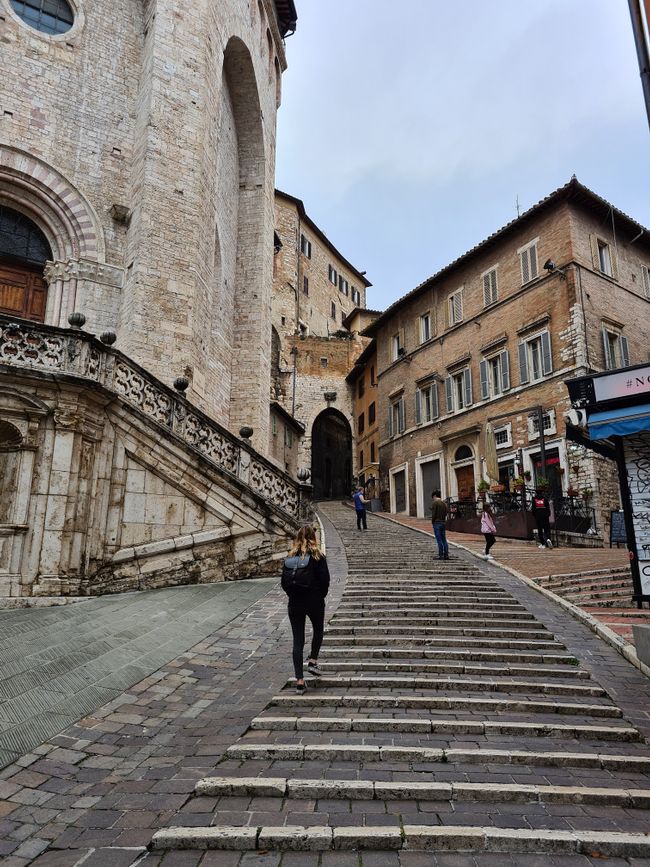
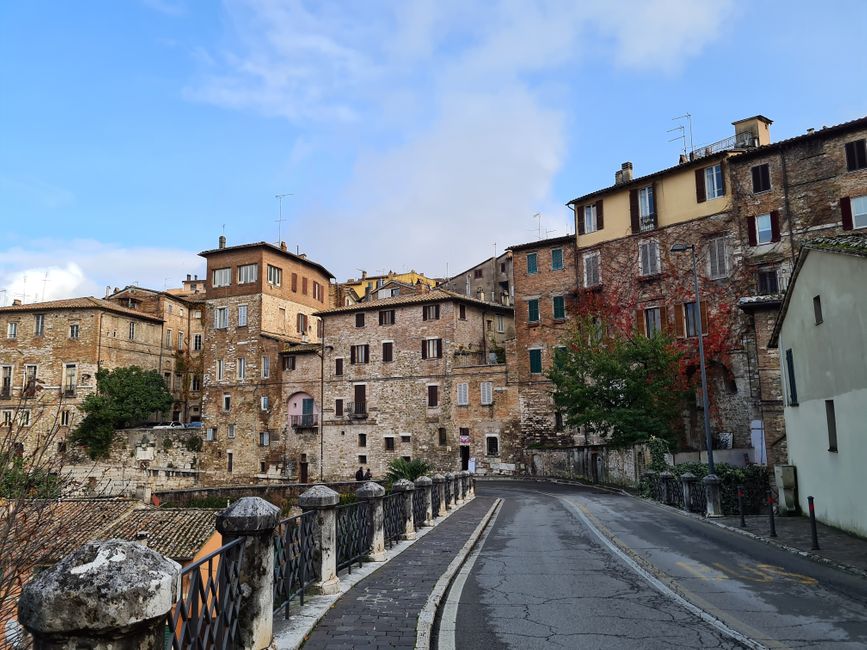
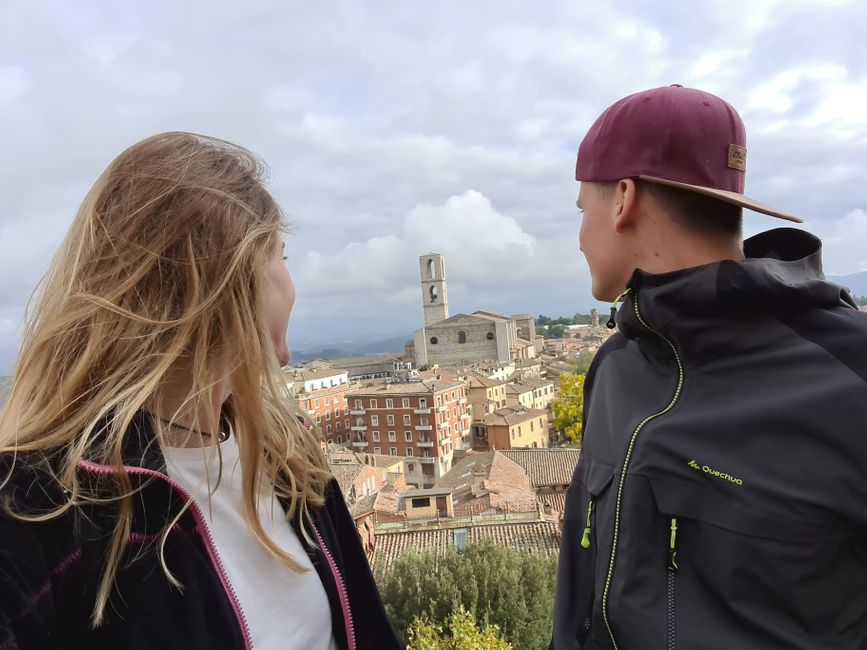
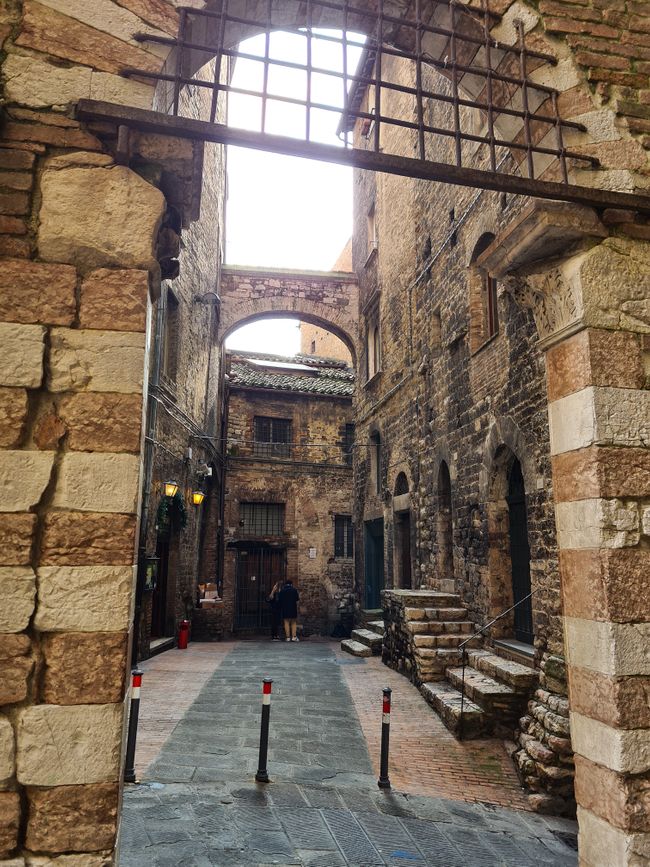
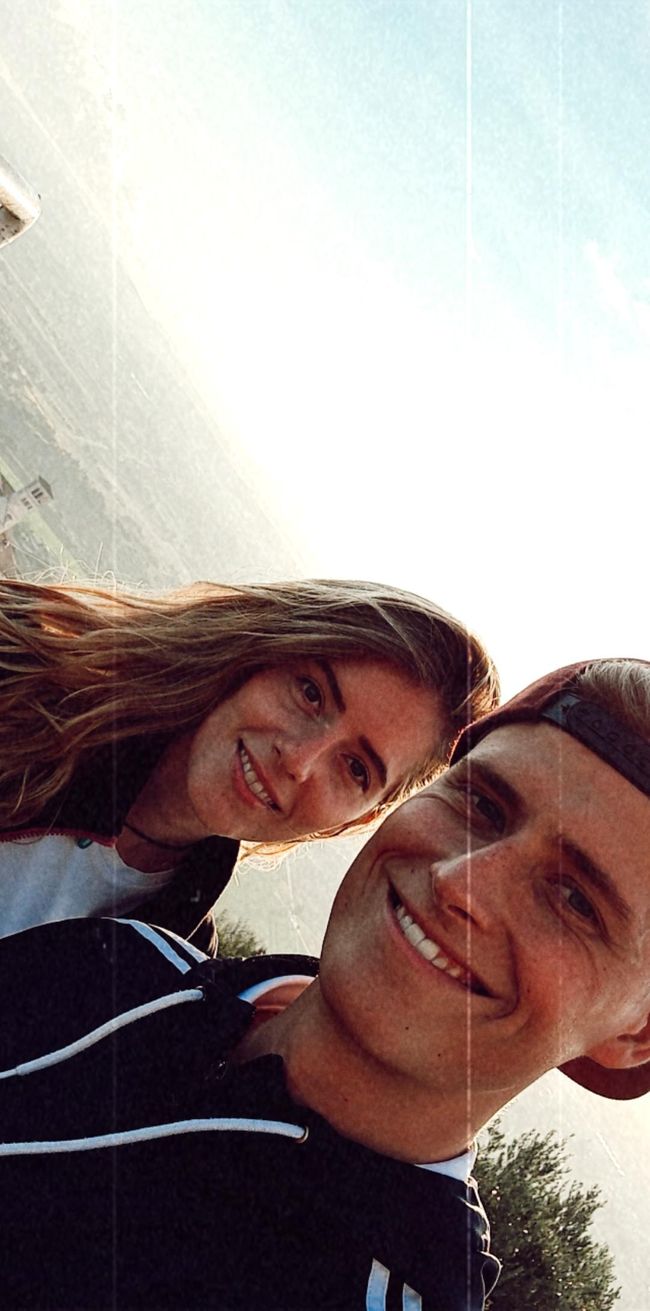
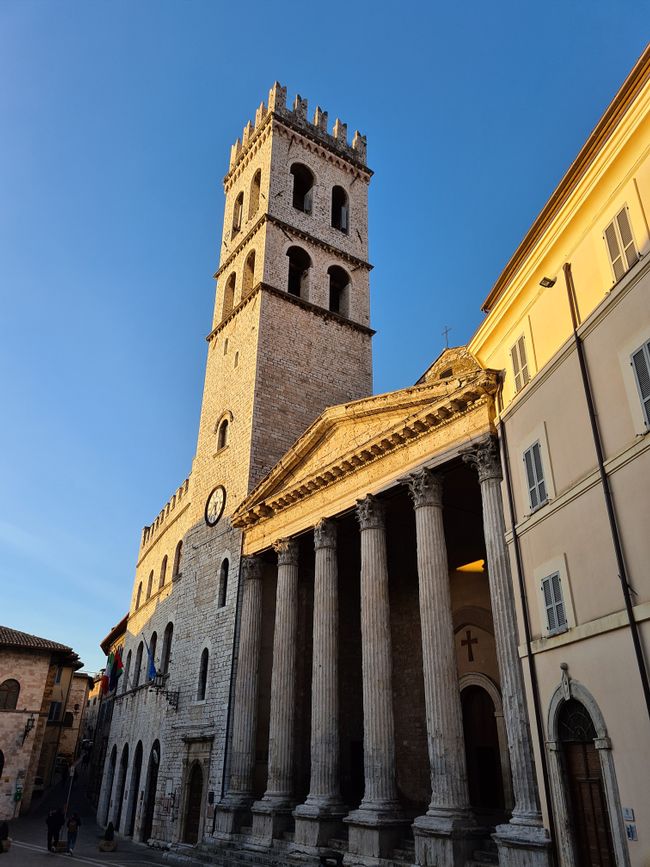
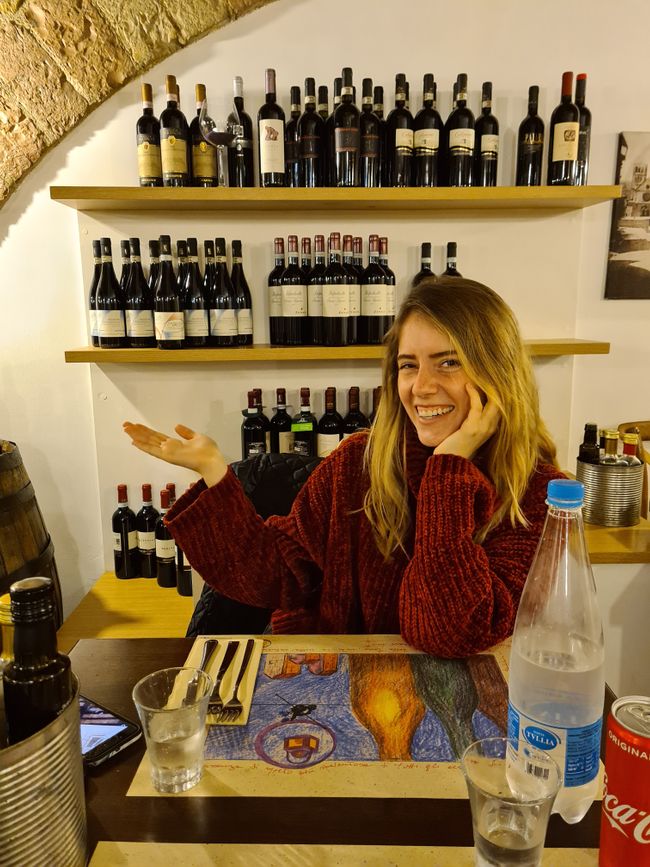
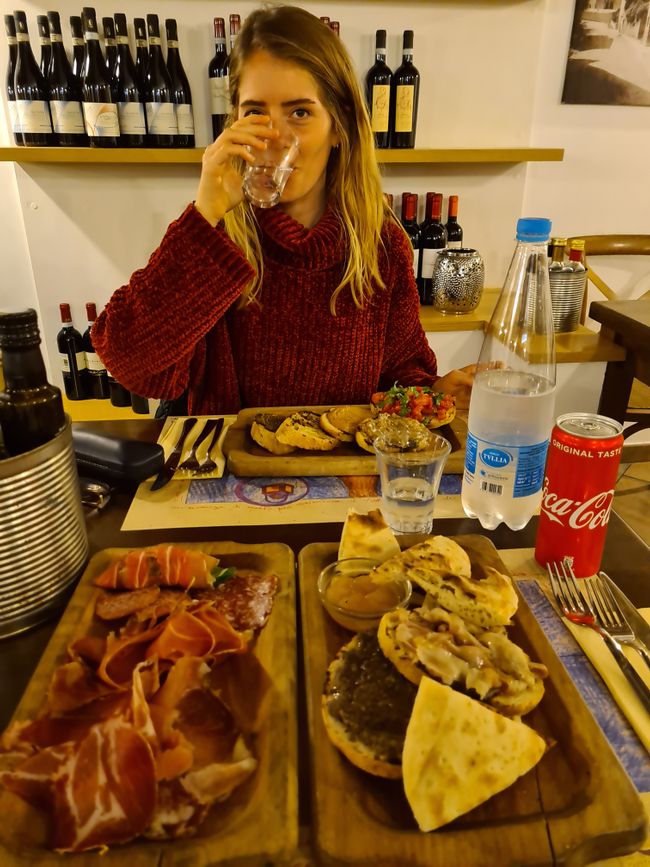
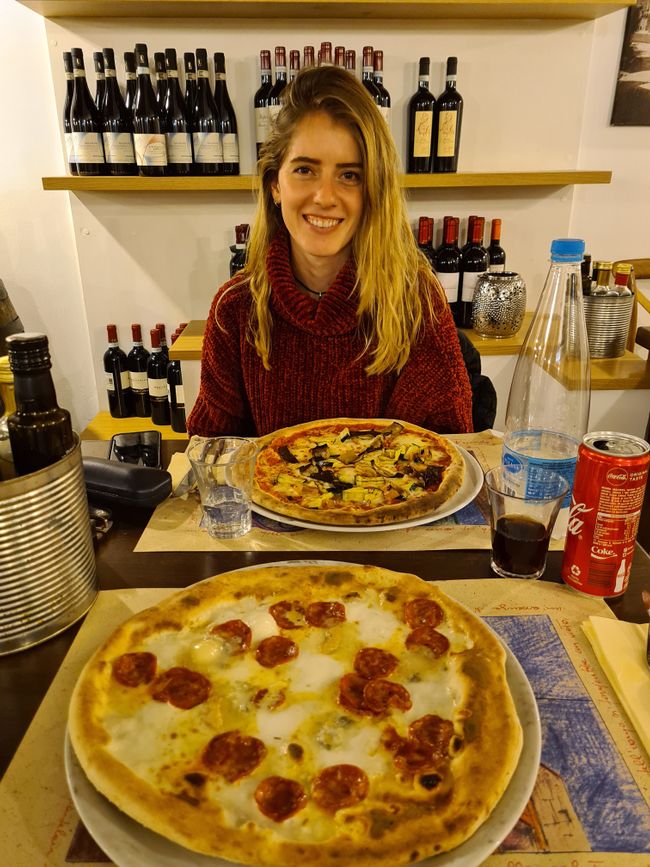
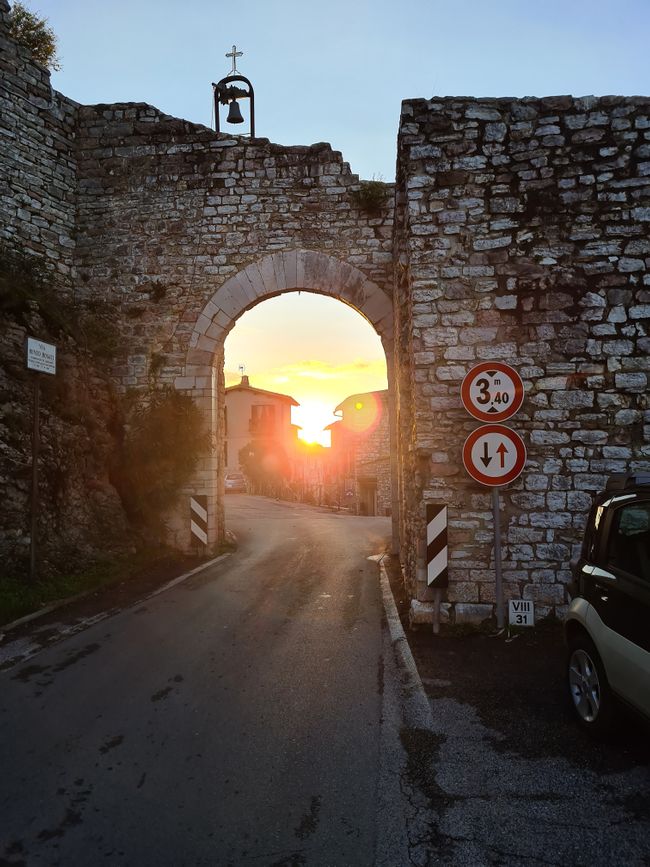
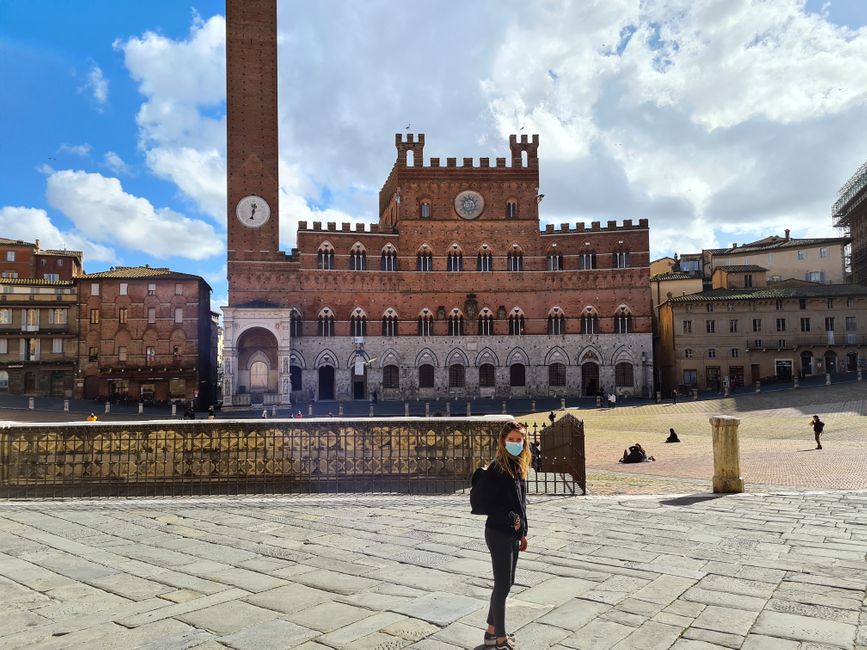
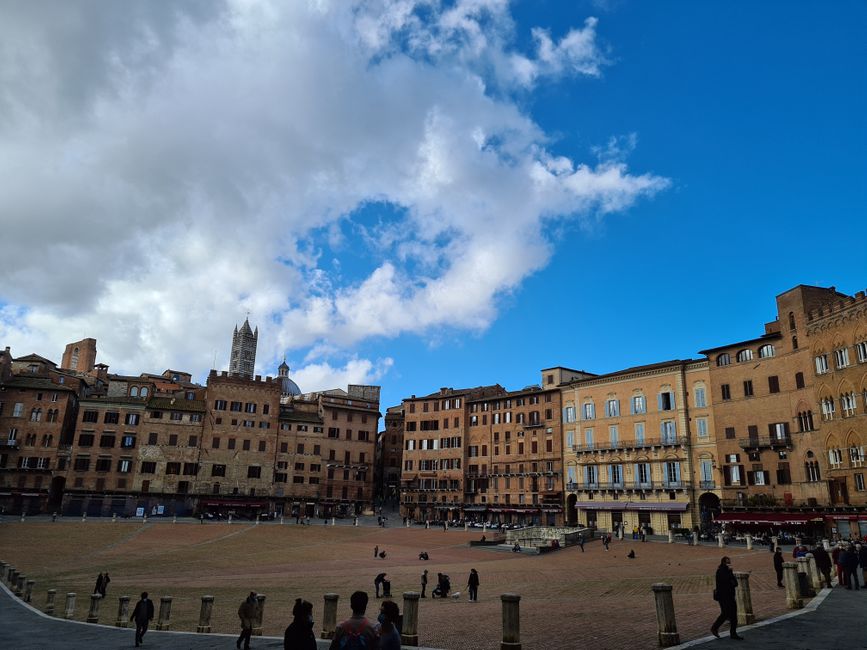
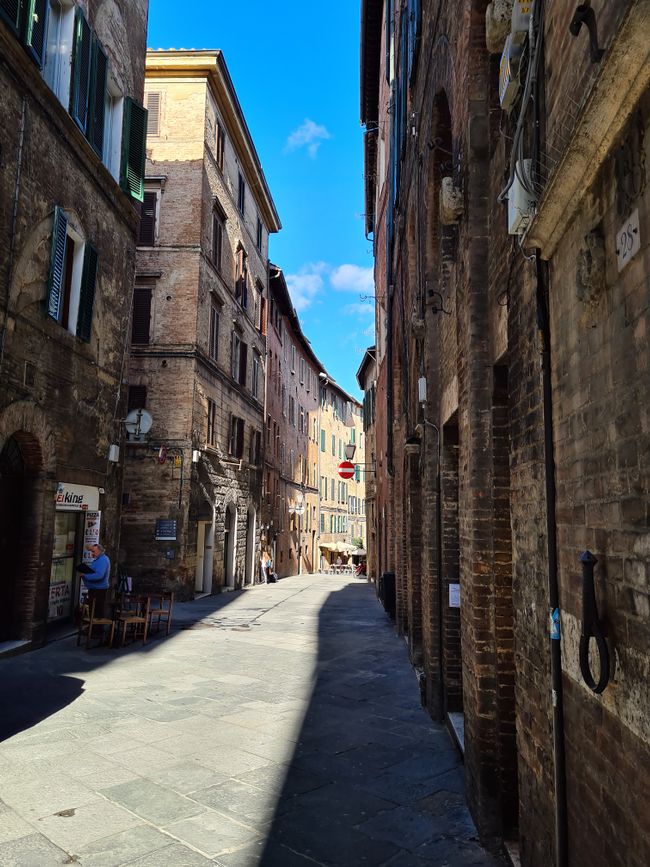
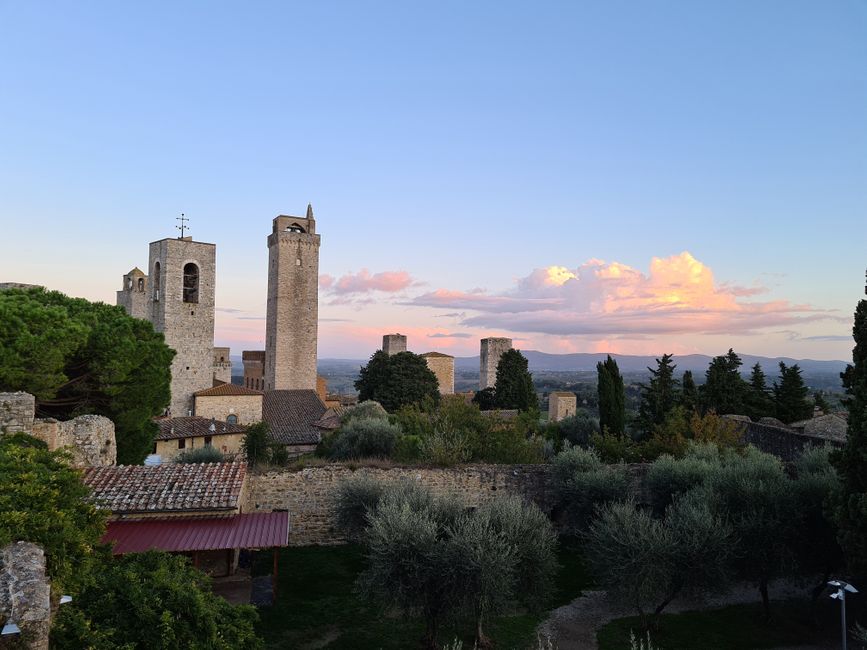
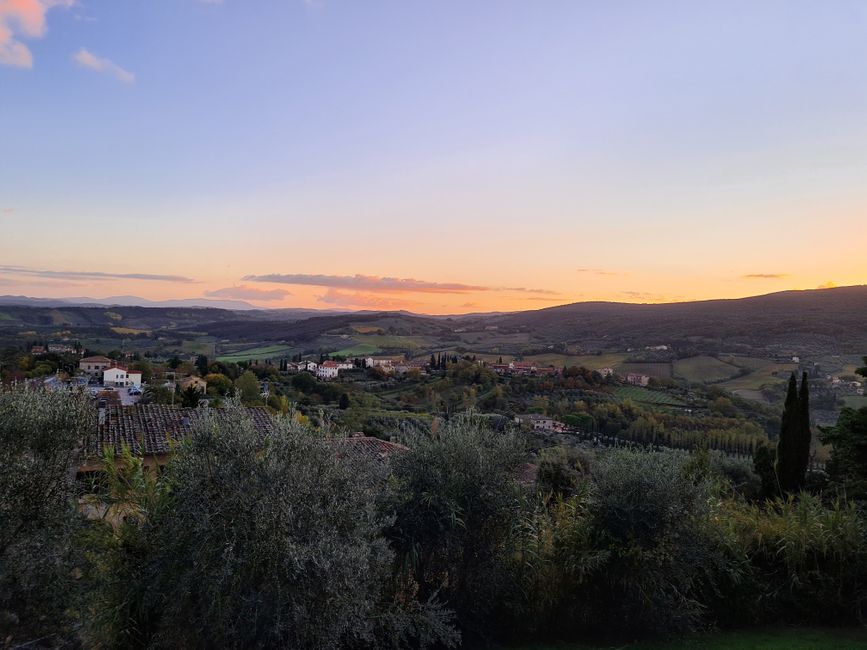
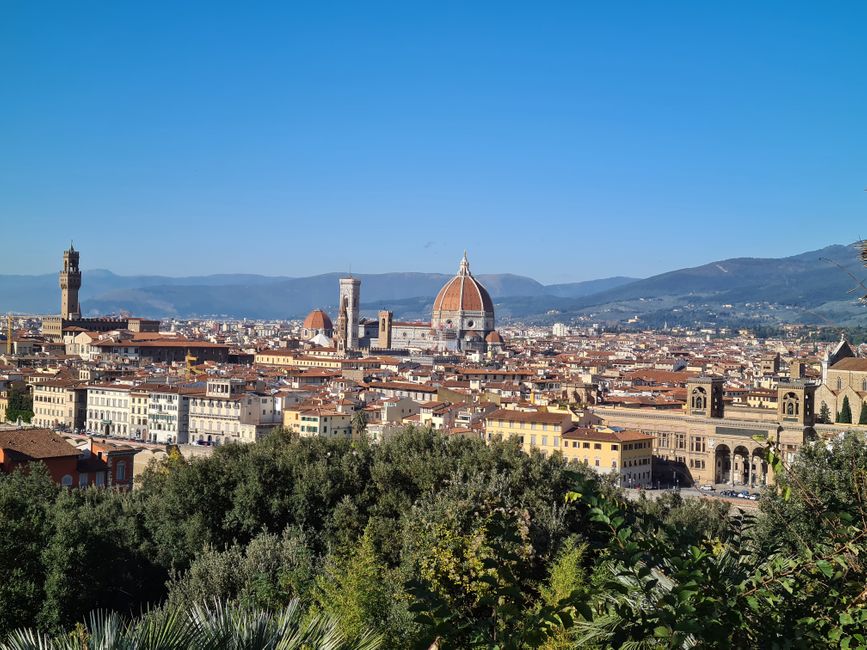
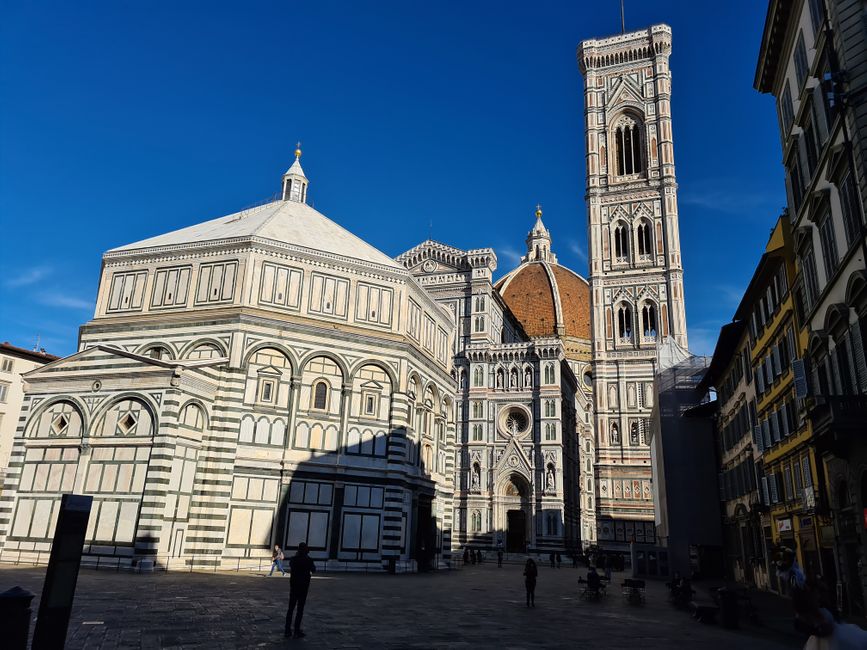
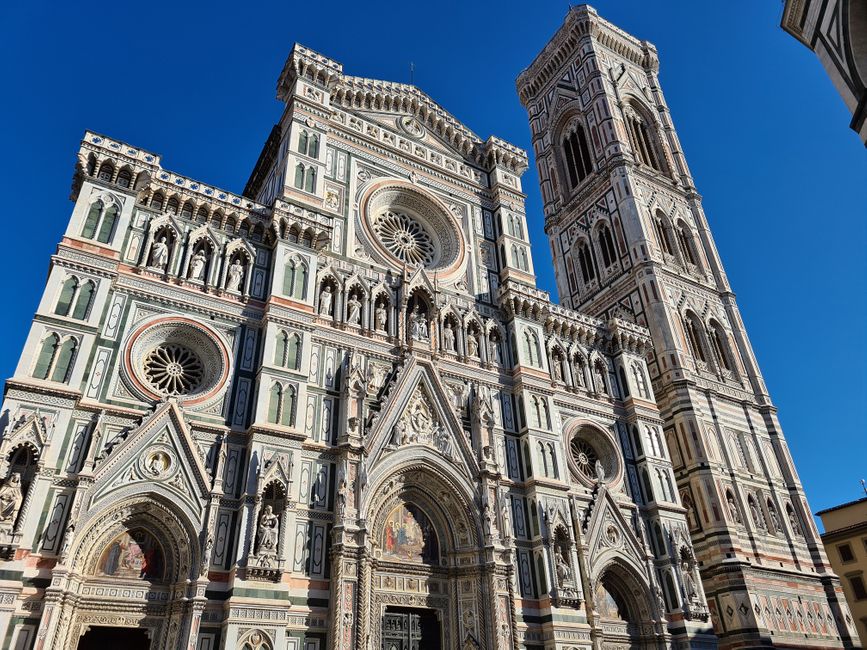
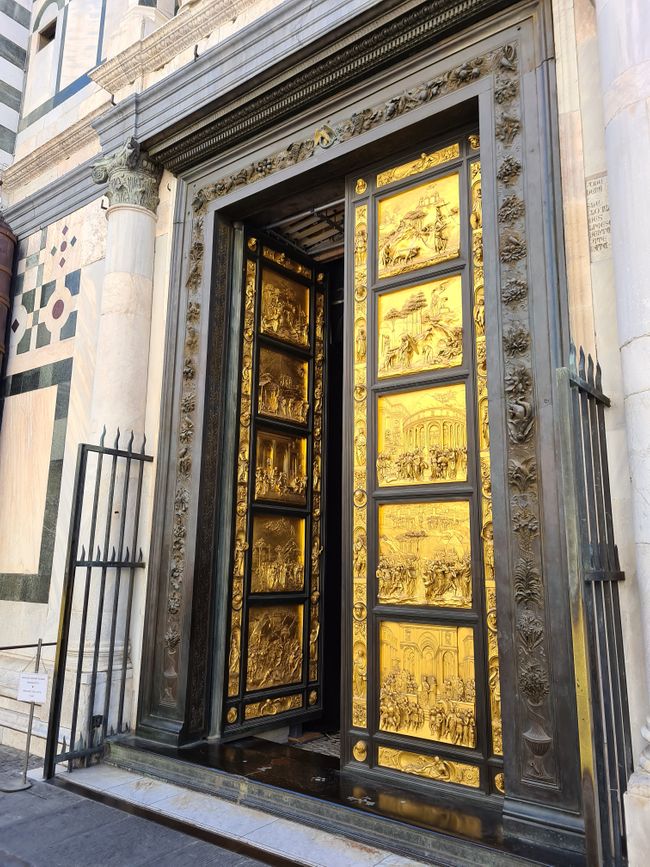
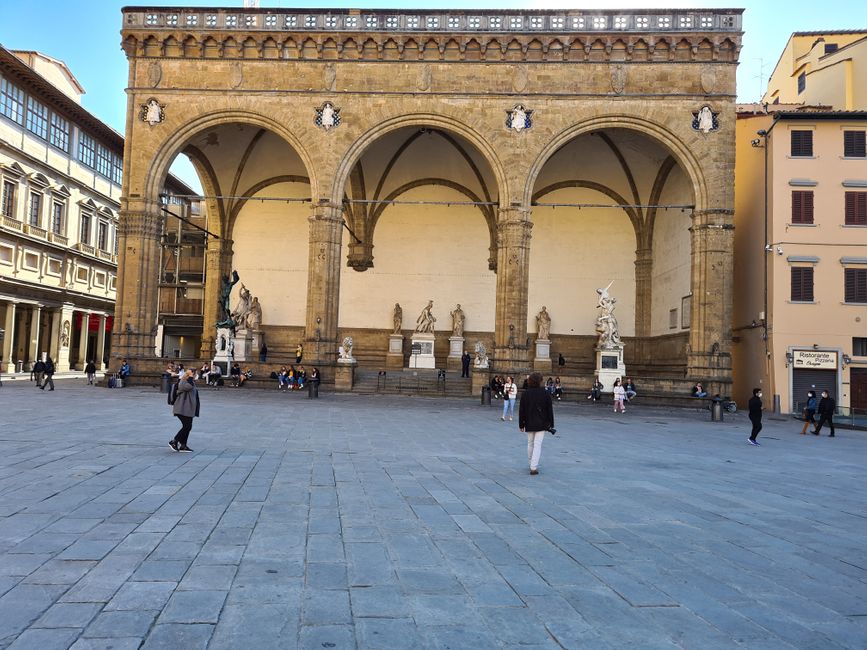
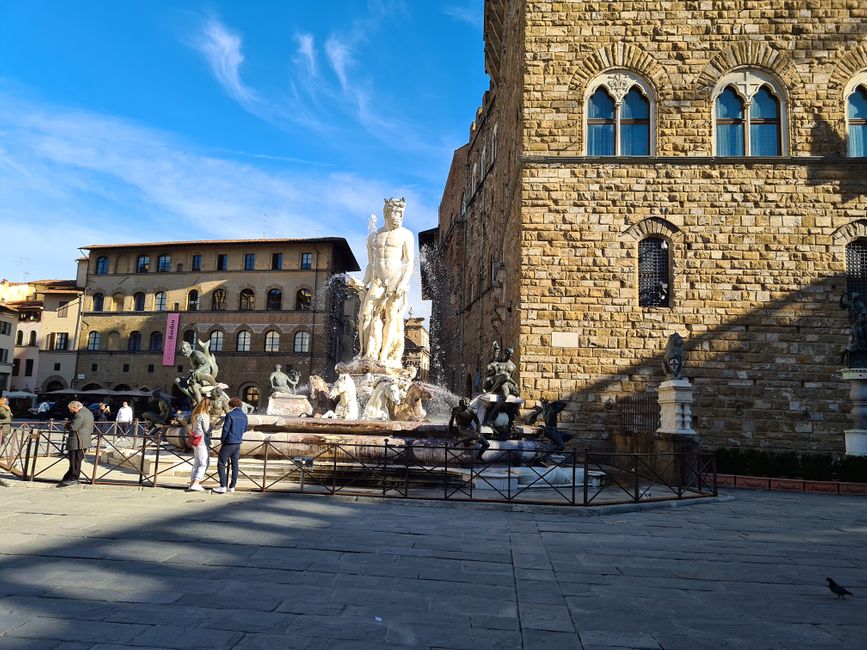
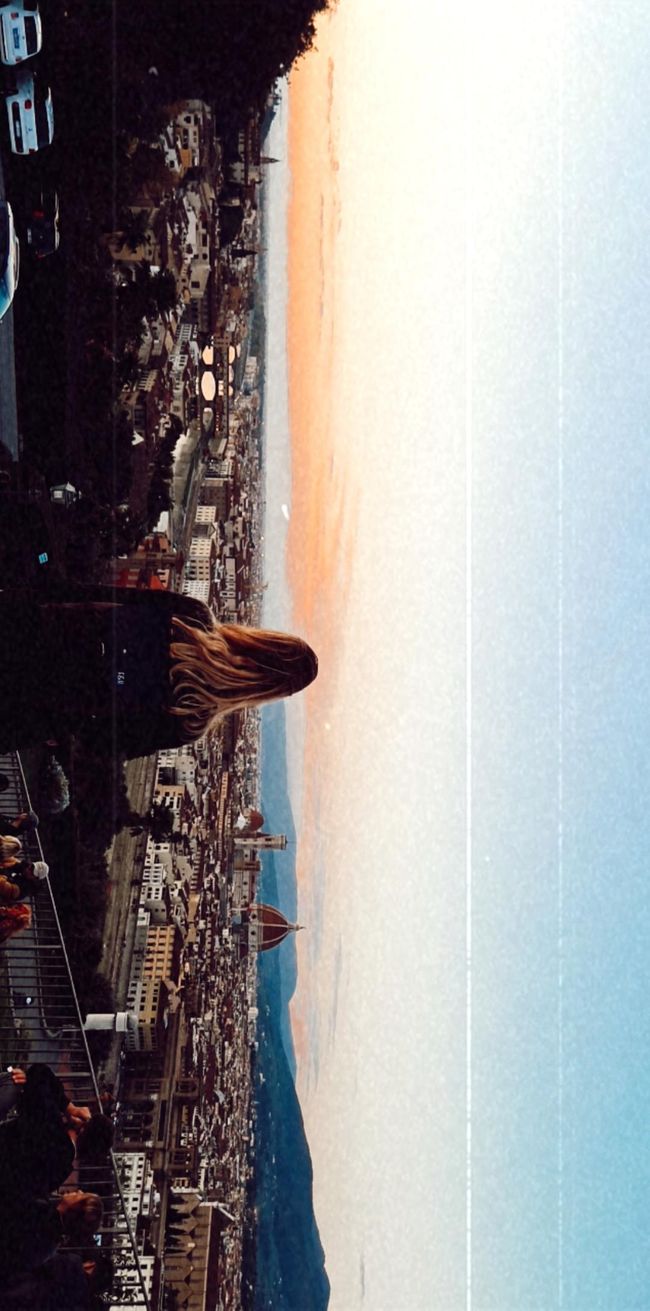
Abonneren op de nieuwsbrief
In the last blog post, we stayed near Manarola in the Liguria region. Over the past few days, we have covered nearly 1,000 km. The route took us through Tuscany to Umbria, where we visited eight different cities and stayed at two wineries.
Here is a brief overview of our Tuscany-Umbria route.
Lucca:
Our first stop was in Lucca. The city is located in the flat northern part of Tuscany. To enter the old town, you have to pass through the ancient city walls (Mura di Lucca). Six gates and various entrances lead through the 10-meter-high walls. The wall belt is very wide and now serves as a park. The city is home to Italy's smallest amphitheater. The many piazzas and the green belt, as well as the underground passages through the walls, give you the feeling of walking in the footsteps of the Roman Empire's outskirts.
Pisa:
About 30 km south of Lucca, we also visited the famous city of Pisa. We found out that the leaning tower on Piazza dei Miracoli is indeed leaning. However, we couldn't really discover much else about the city. The old town stretches across the northern and southern banks of the Arno River. Apart from the many vendors who try to sell their bracelets and bands to obvious tourists, we were also not completely unbiased when we visited the city. We had read in many reviews that there are frequent break-ins into motorhomes and campers in the region around Pisa, and the police are apparently powerless here. Although we had taken all our valuables from the car, we still felt a bit uneasy throughout the entire visit.
Castiglione della Pescaia:
In the high season, this small castle town attracts many holidaymakers and surfers. In the off-season, the town in southern Tuscany resembles a ghost town. Abandoned apartments on the promenade and closed campsites only hint at how the hustle and bustle is distributed among the small bars, restaurants, and cafes in the summer. The town center is located on a hill near the coast. Small medieval alleys lead up to the castle and a beautiful piazza, which offers plenty of space for lively dance events with live music in the summer.
Grosseto:
A medium-sized city with a small but cozy old town. Here you can get everything your heart desires. This is where we had the best coffee on our trip so far. In general, the people here seemed particularly friendly to us. By chance, we also came across a wedding party. Our clear recommendation.
Perugia:
After Castiglione della Pescaia, we crossed the hinterland of Tuscany to Umbria. Perugia is the capital of the Umbria region and we really liked it. The city is located on a hill and is known for its surrounding city walls. The view over the surrounding hilly landscape is really beautiful.
Assisi:
Only 30 km from Perugia, you will find the small town of Assisi. This is our absolute favorite of our tour through Italy so far. The Italian summer dream lives on here even at the end of October. Geraniums bloom on windowsills and balconies, and the sun shines even into the most hidden corners of the narrow alleys. Adorned with many bars and restaurants, the town is visited by some Italian tourists even in winter. Despite the hustle and bustle, the hilltown doesn't feel overcrowded. From the highway, you can already see the mighty city walls and the ruins of the Rocca Maggiore fortress.
Siena:
The city is located in the heart of Tuscany. You enter the city center through the old city gates. If you live in Siena, you should be athletic. Steep ascents and descents can make you sweat in higher temperatures. The outer panorama of the city corresponds to everyone's idea of a summer night's dream. Perhaps that's why the historic city center didn't quite convince us in the end. With approximately 53,000 inhabitants and additional tourists, there is quite a hustle and bustle in the city. The old brick buildings mostly shield the sun and regulate the climate in the city streets. The street system is centralized at the Piazza del Campo. Cafes and restaurants line up around the best spot in the sun. After a 10 km exploration tour, we headed further north.
San Gimigiano:
About 40 km north of Siena, you will find the village of San Gimigiano. It is known for its medieval towers and is the motif for pretty much every pictorial representation of Tuscany. Those who have been there can see why. The town is much smaller and more manageable than Siena. Low facades, wider streets, and the two piazzas allow for sunshine and fresh air. Everything seems cosier and more relaxed here. The highlight of the town is the old castle and its tower. From up here, you have an incredibly beautiful panorama of the town and the surrounding Tuscany. We really liked it here.
Florence:
Since our experiences with larger cities in recent days did not quite meet our expectations, I had set my expectations for Florence somewhat lower. At the end of the day, that was not necessary. We parked on the elevated Piazza de Michelangelo. The view over the city was already very promising. And the subsequent impression lived up to the promise. Like in all the cities, we only focused on visiting the central district of Florence. Buildings like the Cathedral of Santa Maria della Fiore, the Palazzo Strozzi, and the Ponte Vecchio are not only historic but also architectural masterpieces. Florence definitely passed our coffee and pizza test with flying colors. Back at the car, we were able to catch a glimpse of the last rays of the sunset over the city. A great end to this wonderful day.
After our tour of Tuscany and Umbria, we will continue to the Emilia Romagna region. We will head north, crossing the Apennines, to cities like Bologna, Modena, and Parma. Based on our impressions so far, we are looking forward to exploring more beautiful Italian cities and continuing to embrace and live the dolce vita as best as we can.
Abonneren op de nieuwsbrief
Antwoord
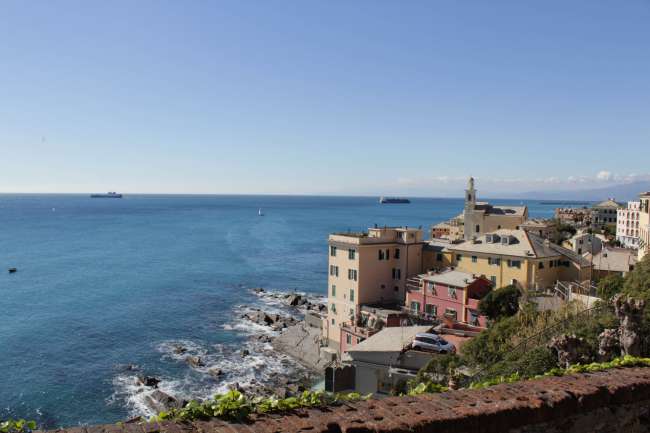
Reisverslagen Italië
